The Power of Customising Branded Merchandise: An Insight into Printing Methods

Customising branded goods is a strong way for promotional product brands to build customer loyalty, spread the word about their brand, and stand out in a crowded market. By putting your logo or message on items, you leave a lasting impact that helps customers remember your brand.
But the real magic happens when you use different printing methods to make these items extraordinary. Here, we'll explore four popular printing techniques that can transform basic merchandise into impactful promotional tools: screen printing, embroidery, digital printing, and laser engraving.
Screen Printing
Screen printing is one of the most traditional and widely used methods for customising merchandise. It involves creating a stencil (or screen) and using it to apply layers of ink on the printing surface. This method is highly effective for bulk orders due to its cost efficiency and durability.
Pros:
- Ideal for large orders
- Long-lasting prints
- Vibrant colors
Cons:
- Not suitable for intricate designs
- Limited color range per design
Screen printing works best on flat surfaces like t-shirts, tote bags, and hoodies. Its durability ensures that your brand logo remains bright and intact even after multiple washes, making it a reliable choice for long-term use.

Embroidery
Embroidery involves stitching the design onto the fabric using a needle and thread. This method adds a touch of elegance and professionalism to branded merchandise, making it perfect for corporate uniforms, caps, and jackets.
Pros:
- High-quality and professional appearance
- Long-lasting and durable
- Can create a 3D effect
Cons:
- More expensive than other methods
- Limited to fabric items
- Not suitable for very intricate designs
Embroidery is a preferred choice for high-end corporate gifts and apparel, providing a tactile and luxurious feel that resonates with recipients.

Digital Printing
Digital printing, or direct-to-garment (DTG) printing, uses digital technology to print designs directly onto the fabric. This method is highly versatile and allows for detailed, full-color designs with a quick turnaround.
Pros:
- Perfect for detailed and colorful designs
- No setup costs, ideal for small orders
- Quick production time
Cons:
- Less durable than screen printing
- Higher cost per unit for large orders
Digital printing is ideal for custom t-shirts and other garments where detailed images or multi-color designs are required. Its flexibility makes it a go-to option for businesses looking to produce limited-edition or small-batch merchandise.

Laser Engraving
Laser engraving uses a laser to etch designs onto various surfaces, including metal, wood, glass, and leather. This method offers a high level of precision and permanence, making it perfect for premium items like executive gifts, drinkware, and tech accessories.
Pros:
- Highly precise and detailed
- Permanent and durable
- Suitable for a wide range of materials
Cons:
- Limited to monochrome designs
- Higher initial setup costs
- Not suitable for fabric
Laser engraving creates an elegant and sophisticated finish, making it an excellent choice for upscale promotional items that make a lasting impression.

Choosing the right printing method for your branded merchandise depends on the type of item, the design complexity, and your budget. Whether you're looking for the vibrant and durable finish of screen printing, the high-end feel of embroidery, the versatility of digital printing, or the precision of laser engraving, each method brings its unique advantages. By exploring and using these techniques, you can breathe new life into basic merchandise, turning it into a powerful tool for brand recognition and customer engagement.
Feel free to book a call with us if you want to know more about other printing methods and how to identify the best printing method according to your goal. We'd be happy to guide you and share amazing ideas with you!
Check our winter catalogue here.


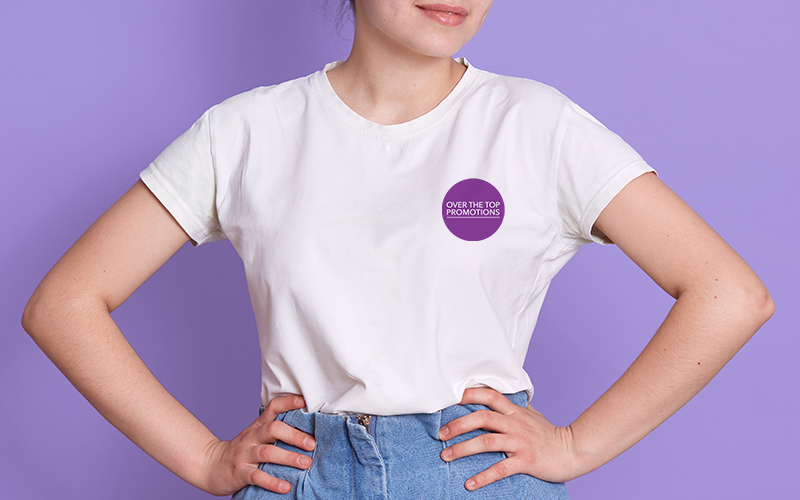
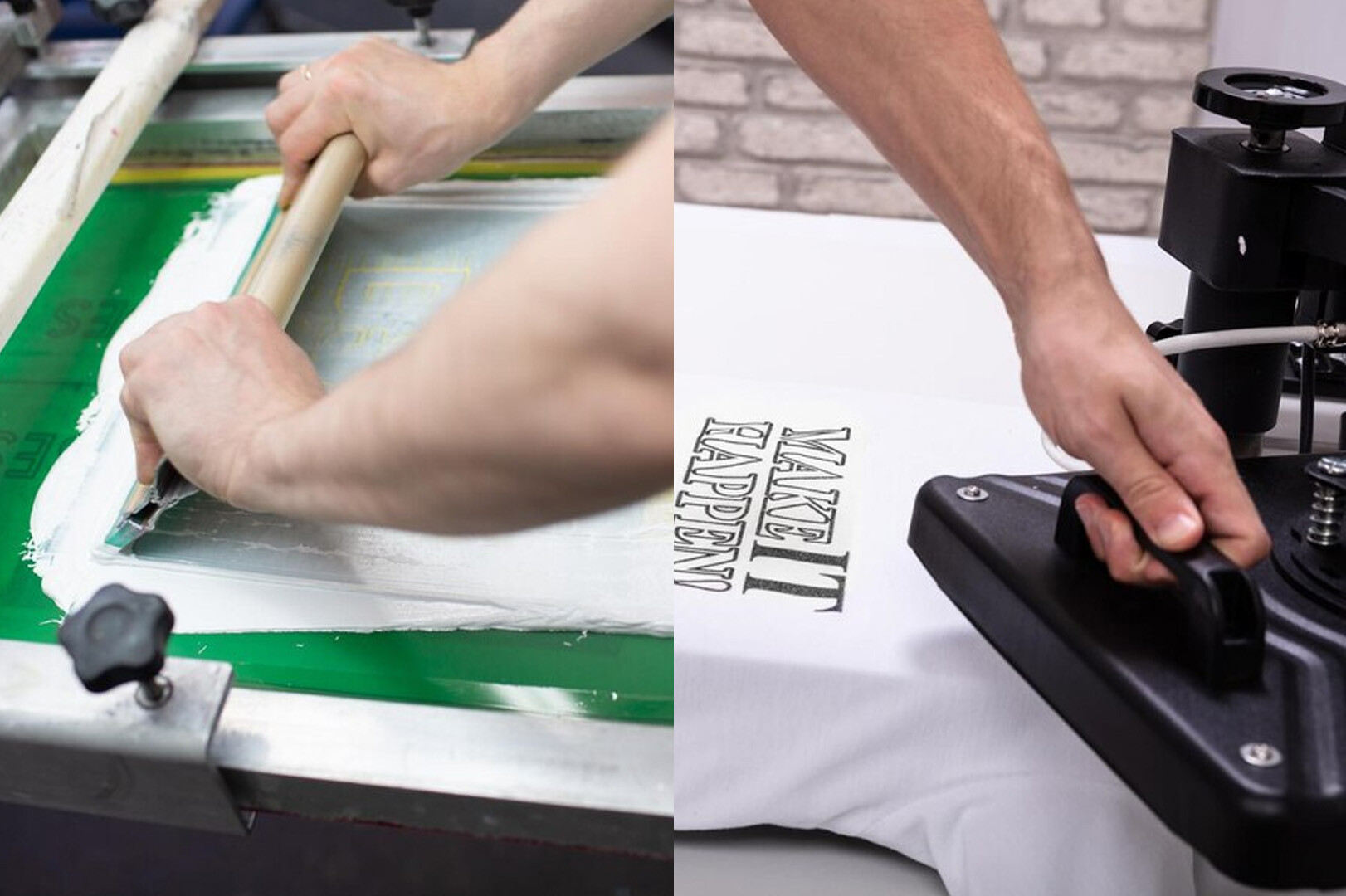
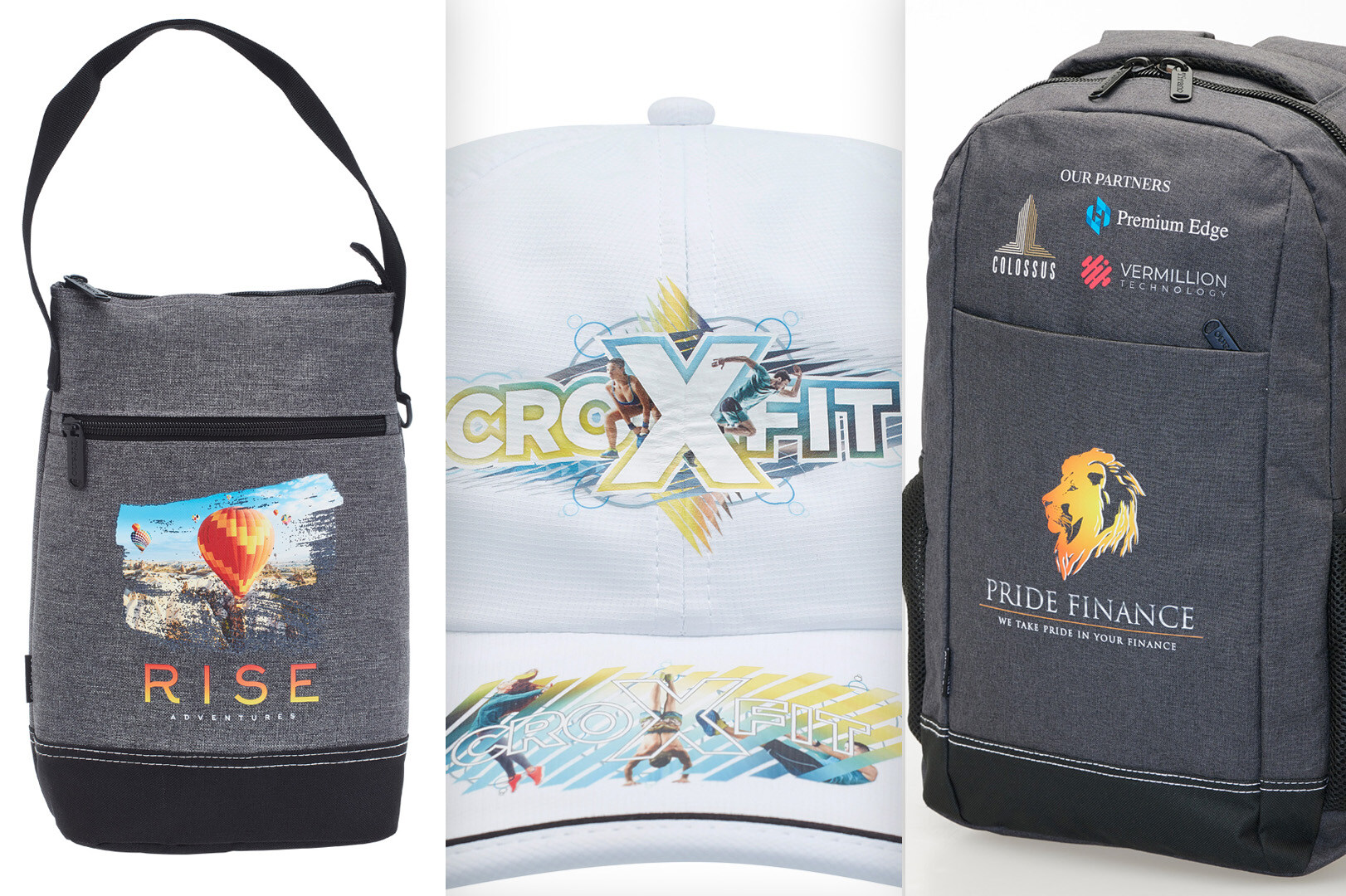
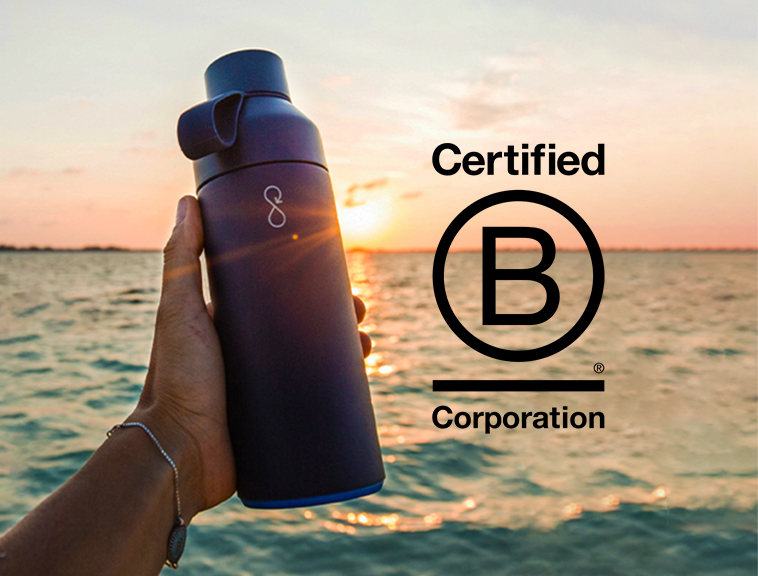
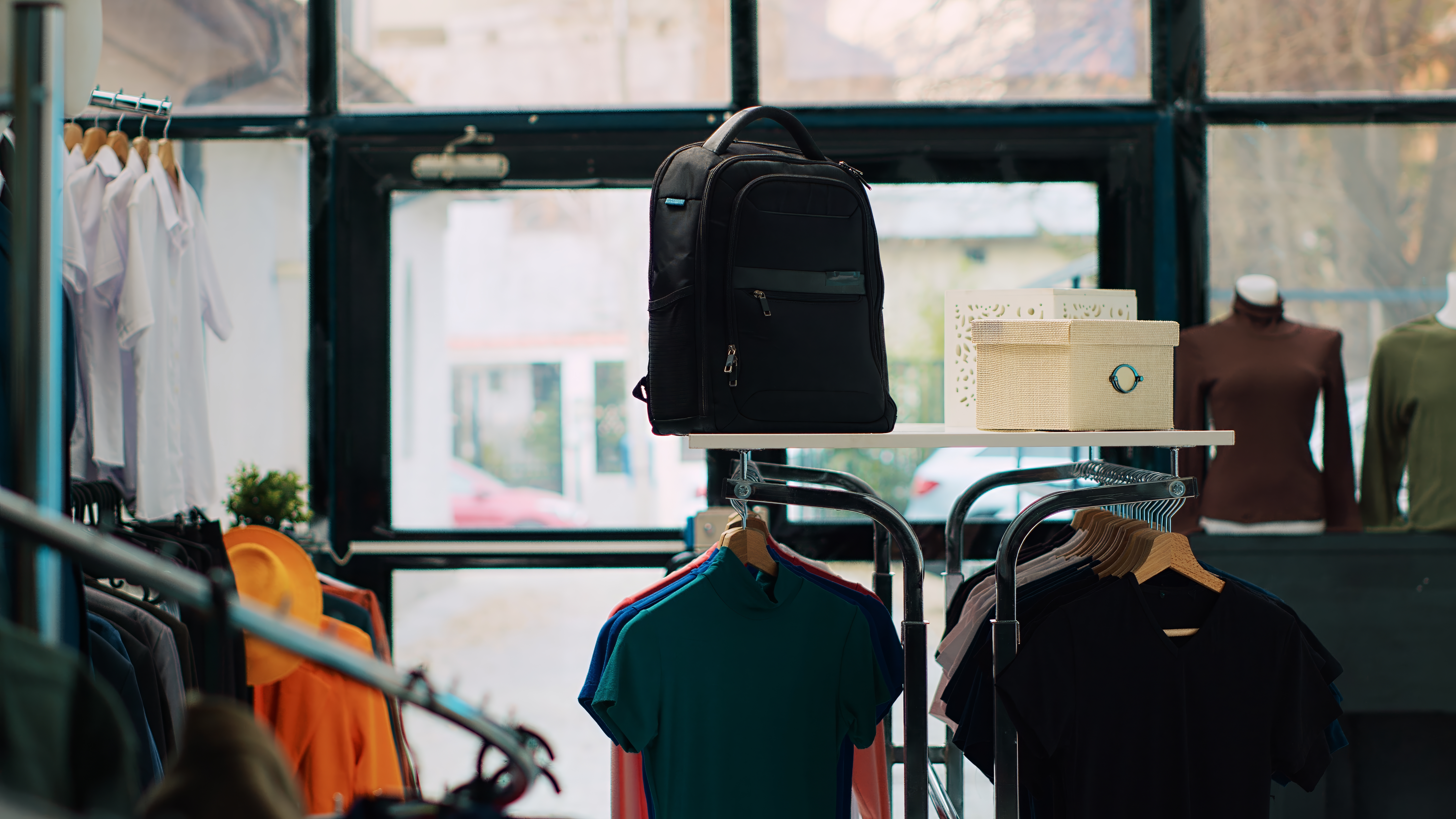
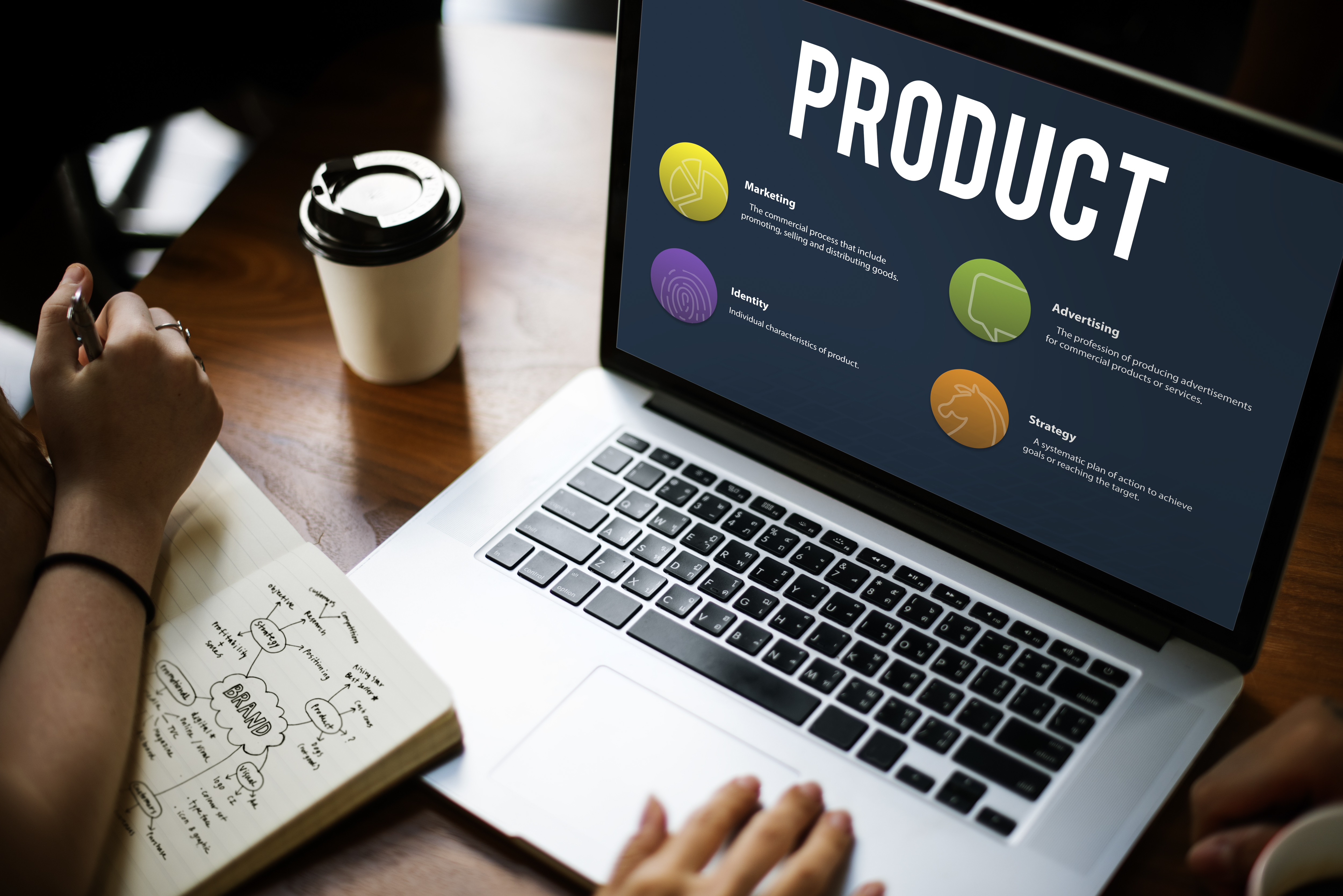
Comments